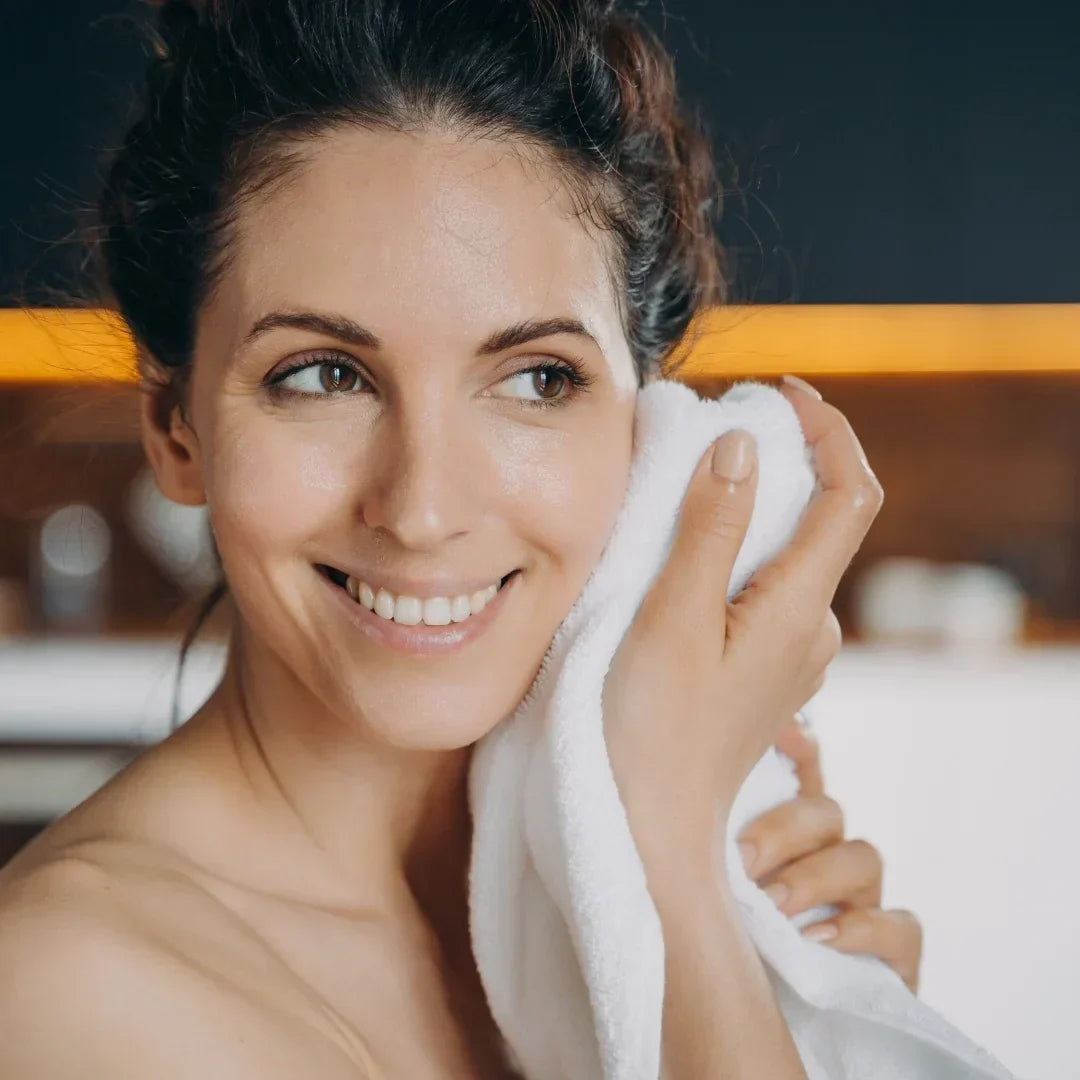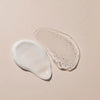The Ultimate Skincare Routine for Young Indians: Actionable Tips and Real-Life Results
In India, where climate, pollution, and lifestyle factors affect skin health, having a well-structured skincare routine is essential. Whether you're dealing with oily skin, acne, or simply want to maintain a radiant glow, this guide will offer actionable tips tailored to the unique skincare needs of young Indians.
Let's dive into a routine that’s easy to follow, with proven results!
1. Know Your Skin Type: The Foundation of Skincare
Before you begin any skincare routine, identifying your skin type is key. Indians tend to have diverse skin types, ranging from oily and acne-prone to dry or combination skin.
- Oily skin: If you notice excess oil on your face, especially around the T-zone, you have oily skin. This skin type is prone to breakouts.
- Dry skin: If your skin feels tight, flaky, or itchy, especially in colder months, you likely have dry skin.
- Combination skin: A mix of oily and dry skin in different areas of your face.
- Sensitive skin: If your skin easily reacts to products, becoming red, itchy, or inflamed, you have sensitive skin.
Actionable Tip: Conduct a simple test by washing your face with a mild cleanser, waiting an hour, and then observing the texture of your skin.
2. Morning Routine: Start with a Clean Slate
Step 1: Cleanser The first step to clear, glowing skin is cleansing. Pollution and dust in Indian cities can clog pores, leading to acne and dullness.
- For oily skin: Opt for a gentle gel based cleanser with salicylic acid to control oil and prevent acne.
- For dry skin: Choose a hydrating cream-based cleanser with hyaluronic acid or glycerin.
Example: A college student from Mumbai struggled with frequent breakouts due to pollution and humidity. After switching to a salicylic acid-based cleanser, they saw a reduction in breakouts within two weeks.
Step 2: Toner
A toner helps remove any remaining impurities while balancing the skin’s pH levels. Look for alcohol-free toners with ingredients like rose water, green tea, or witch hazel.
- For sensitive skin: Rose water or aloe vera-based toners are excellent for soothing irritation.
Step 3: Moisturizer
No matter your skin type, moisturizing is a must. Oily skin still needs hydration—just opt for a gel-based, lightweight formula.
- For dry skin: Use a thicker, cream-based moisturizer with ingredients like ceramides to lock in moisture.
Case Study: A young professional in Delhi used to skip moisturizer, believing it would make her oily skin worse. After incorporating a gel-based moisturizer into her routine, she noticed her skin became less oily during the day, as it wasn’t overcompensating for lack of moisture.
Step 4: Sunscreen Sunscreen is non-negotiable! The Indian sun can be harsh, even during winter. Opt for a broad-spectrum sunscreen with SPF 30 or higher. Always apply sunscreen 15-20 minutes before stepping out and reapply every two hours if you're outdoors for extended periods.
3. Night Routine: Repair and Rejuvenate
Step 1: Double Cleansing In the evening, use an oil-based cleanser first to remove makeup, sunscreen, and excess oil, followed by a water-based cleanser to cleanse your skin thoroughly.
Real-Life Example: A 25-year-old woman from Chennai noticed blackheads on her nose and dull skin due to daily makeup use. After adding a gentle exfoliant twice a week, her skin looked brighter, and blackheads were visibly reduced within a month.
Step 2: Serum and Night Cream Night creams and serums are designed to repair your skin while you sleep. Look for ingredients like retinol (for anti-aging and acne) or niacinamide (for brightening and oil control).
For pigmentation: Vitamin C serums are great for evening out skin tone and reducing dark spots caused by sun exposure or acne.
Case Study: A young IT professional from Bangalore used a Vitamin C serum to combat hyperpigmentation caused by acne scars. Within three months of regular use, the dark spots were significantly lighter, and her skin looked more even-toned.
4. Special Treatments: Tailoring to Your Skin Concerns
Acne
For those dealing with acne, use spot treatments with benzoyl peroxide or tea tree oil. Make sure not to pop pimples, as this can lead to scarring.
Hyperpigmentation
Many Indians struggle with hyperpigmentation due to melanin production. Look for treatments with ingredients like alpha arbutin, kojic acid, and Vitamin C to brighten dark spots.
Dry Patches
If you have dry patches, especially in colder regions, opt for products with ceramides, shea butter, or squalane to deeply moisturize.
Actionable Tip: Always patch test any new treatment to avoid reactions, especially if you have sensitive skin.
5. Lifestyle Changes: The Real Secret to Great Skin
Your skincare routine doesn't end with products. Healthy lifestyle habits play a crucial role in how your skin looks and feels.
- Hydration: Drink plenty of water, especially in cities with humid or hot weather. Hydration keeps your skin supple and prevents breakouts caused by excess oil production.
- Diet: Incorporate antioxidant-rich foods like fruits, vegetables, and nuts into your diet. Omega-3 fatty acids found in fish or flaxseeds help maintain your skin’s elasticity.
- Sleep: Ensure you're getting 7-8 hours of sleep per night. Sleep is when your skin undergoes most of its repair processes.
Real-Life Example: A student in Pune who suffered from frequent breakouts noticed a significant improvement after cutting down on junk food and adding more vegetables and fruits into his diet.
Conclusion
The Path to Clear, Glowing Skin Skincare is personal, and there is no one-size-fits-all solution. However, by understanding your skin type and tailoring your routine, you can achieve healthier skin. Many young Indians have seen results by making small changes to their skincare routines—like incorporating sunscreen, using a serum, or simply hydrating more.Start today, and remember: consistency is key. Stick to these actionable tips, and soon you’ll see the results you’ve been hoping for. Happy skincare journey!
FAQs About Skincare Routine
1. How do I know my skin type?
To determine your skin type, wash your face with a mild cleanser and wait for an hour without applying any products. If your skin feels tight or flaky, you have dry skin. If it becomes shiny or greasy, you have oily skin. Combination skin will show oiliness in the T-zone (forehead, nose, and chin) but dryness on the cheeks. If your skin reacts easily to products, it’s likely sensitive.
2. Do I need to wear sunscreen even if I stay indoors most of the time?
Yes, sunscreen is essential even indoors because UVA rays can penetrate through windows. Sunscreen protects your skin from harmful UV rays, preventing premature aging, pigmentation, and other sun damage.
3. How often should I exfoliate my skin?
You should exfoliate 2-3 times a week, depending on your skin type. Over-exfoliation can strip the skin’s natural oils, causing irritation. Stick to a gentle exfoliant if you have sensitive skin.
4. Is it okay to skip moisturizer if I have oily skin?
No, it’s important to moisturize even if you have oily skin. Skipping moisturizer can actually make your skin produce more oil to compensate for dryness. Opt for a lightweight, gel-based moisturizer designed for oily skin.
5. How long does it take to see results from a new skincare routine?
You may start seeing noticeable results in 4-6 weeks, depending on your skin’s condition and the products you’re using. Patience is key! Stick to a consistent routine for best results.
6. Can I use the same products for both morning and evening routines?
While some products, like cleansers and moisturizers, can be used in both routines, your evening routine should focus on repair. Consider using a heavier night cream or serum with ingredients like retinol or hyaluronic acid to help your skin rejuvenate overnight.
7. What can I do for acne-prone skin?
For acne-prone skin, use a gentle cleanser with salicylic acid and a non-comedogenic (won't clog pores) moisturizer. Avoid popping pimples to prevent scarring. You can also use spot treatments with benzoyl peroxide or tea tree oil to target breakouts.
8. Are natural or DIY skincare remedies better for Indian skin?
While some natural remedies like aloe vera and rose water can be beneficial, it’s important to avoid DIY treatments that could irritate your skin (like lemon or baking soda). Use products that are dermatologist-tested and suited for your skin type.
9. How can I treat dark spots and hyperpigmentation?
Treat dark spots with products containing ingredients like Vitamin C, alpha arbutin, or kojic acid. Consistent use of sunscreen is crucial to prevent further pigmentation.
10. What are some simple lifestyle habits that improve skin health?
In addition to using the right products, stay hydrated by drinking plenty of water, eat a balanced diet rich in fruits and vegetables, and get 7-8 hours of sleep each night. These habits help maintain glowing and healthy skin.








